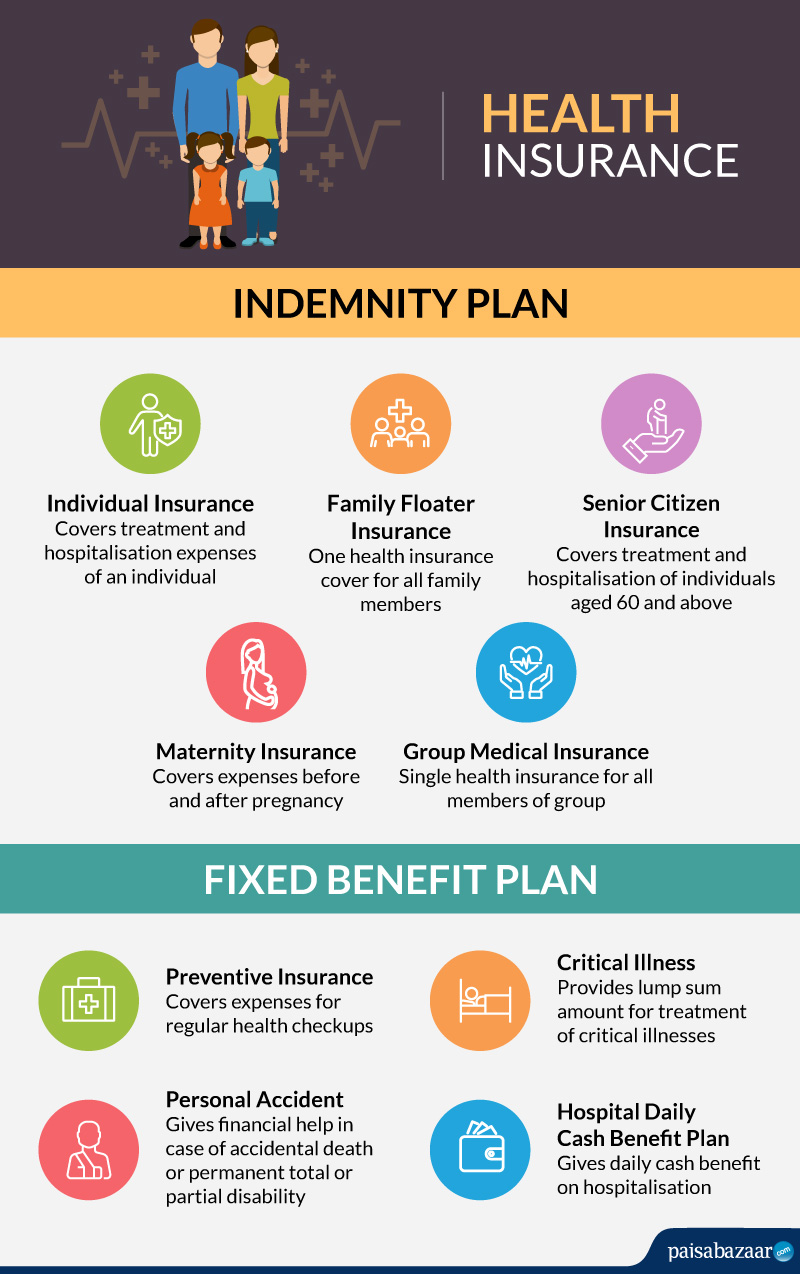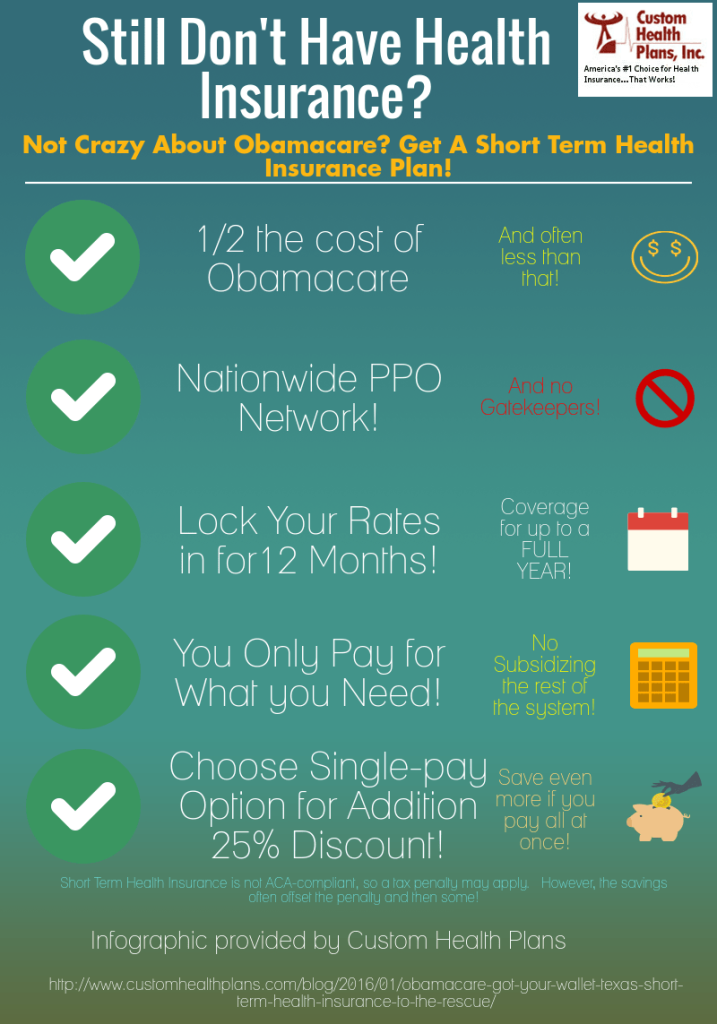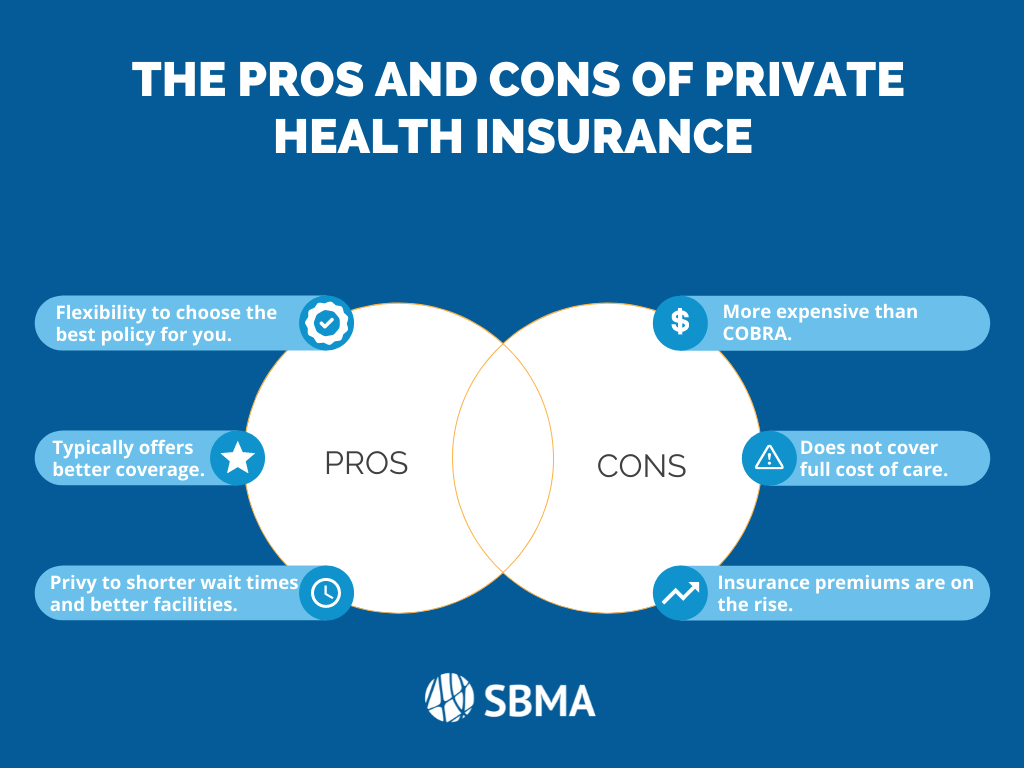Not known Facts About Medicare Advantage Agent
Not known Facts About Medicare Advantage Agent
Blog Article
An Unbiased View of Medicare Advantage Agent
Table of ContentsThe 7-Minute Rule for Medicare Advantage AgentMedicare Advantage Agent Fundamentals ExplainedMedicare Advantage Agent Fundamentals Explained

follows from adheres to the relatively young age profile of the uninsured with the better health, health and wellness average, of younger personsMore youthful For those without accessibility to office health insurance, inadequate wellness is a potential barrier to acquiring nongroup insurance coverage since such insurance coverage might be very valued, exclude preexisting conditions, or be merely unavailable. Unless otherwise noted, nationwide price quotes of people without health insurance policy and proportions of the populace with various kinds of insurance coverage are based on the CPS, the most widely utilized source of estimates of insurance policy protection and uninsurance rates.

Unknown Facts About Medicare Advantage Agent
Over a three-year duration starting early in 1993, 72 million individuals, 29 percent of the U.S. populace, were without protection for a minimum of one month. Within a single year(1994), 53 million people experienced a minimum of a month without coverage(Bennefield, 1998a). Six out of every 10 without insurance adults are themselves utilized. Although functioning does boost the probability that one and one's relative will have insurance coverage, it is not a guarantee. Also members of households with two full time wage income earners have almost a one-in-ten chance of being uninsured (9.1 percent without insurance rate)(Hoffman and Pohl, 2000 ). The connection between health and wellness insurance and accessibility to care is well developed, as recorded later in this phase. The relationship between health and wellness insurance policy and health results is neither straight neither simple, a substantial professional and health services study literature links wellness insurance coverage
to improved access to care, better much betterHigh quality and improved enhanced and population health health and wellnessCondition As an example, the second report, on individual wellness outcomes for uninsured adults, is represented by the innermost circle of the figure, while the third record, on household wellness, includes the subjects of the second report but emphasizes a different unit of evaluation, namely, the family. The sixth report in the collection will offer information concerning strategies and campaigns taken on in your area, statewide, or across the country to resolve the lack of insurance policy and its negative impacts. Levels of evaluation for taking a look at the effects of uninsurance. This conversation of medical insurance coverage focuses primarily on the U.S. populace under age 65 because essentially all Americans 65 and older have Medicare or various other public coverage.
It concentrates particularly on those without any type of wellness insurance policy for any type of size of time. The problems faced by the underinsured are in some aspects similar to those faced by the uninsured, although they are normally less serious. Uninsurance and underinsurance, nevertheless, include distinctly different policy problems, and the methods for resolving them might vary. Throughout this research and the five records to follow, the main focus is on individuals with no medical insurance and hence no assistance in spending for health treatment beyond what is offered through charity and safeguard organizations. Wellness insurance coverage is an effective aspect affecting receipt of care because both clients and medical professionals react to the out-of-pocket price of services. Health insurance coverage, however, is neither necessary nor enough to get to medical solutions. However, the independent and direct effect of health
insurance policy coverage on accessibility to wellness services is well established. Others will certainly acquire view it the healthcare they require even without wellness insurance policy, by spending for it out of pocket or seeking it from carriers that provide care cost-free or at highly subsidized rates. For still others, health and wellness insurance policy alone does not make sure receipt of treatment because of various other nonfinancial obstacles, such as a lack of healthcare service providers in their area, restricted accessibility to transport, illiteracy, or etymological and cultural distinctions. Formal research study about uninsured populations in the United States dates to the late 1920s and early 1930s when the Board on the Cost of Medical Treatment produced a series of records about funding physician office visits and hospital stays. This problem ended up being prominent as the numbers of medically indigent climbed during the Great Depression. Empirical research studies continually support the link between accessibility to care and improved health results(Bindman et al., 1995; Starfield, 1995 ). Having a normal source of care can be considered a forecaster of access, instead of a direct procedure of it, when health outcomes are themselves used as accessibility indicators. This extension of the concept of accessibility dimension was made by the IOM Board on Keeping Track Of Gain Access To to Personal Healthcare Provider(Millman, 1993, p. Whether moms and dads are insured appears to impact whether their youngsters receive treatment as well as just how much careeven if the children themselves have insurance coverage(Hanson, 1998). The health of moms and dads can impact their capability to take care of their kids and the level of family anxiety. Stressing over their children's access to Full Article care is itself a resource of anxiety for parents. 3 chapters comply with in this record. Phase 2 gives an introduction of just how employment-based medical insurance, public programs and specific insurance coverage run and engage to supply substantial however incomplete coverage of the U.S. populace. This consists of a testimonial of historic fads and public plans affecting both public and private insurance coverage, a discussion of the communications among the different kinds of insurance policy, and an examination of why individuals relocate from one program to another or wind up

Report this page